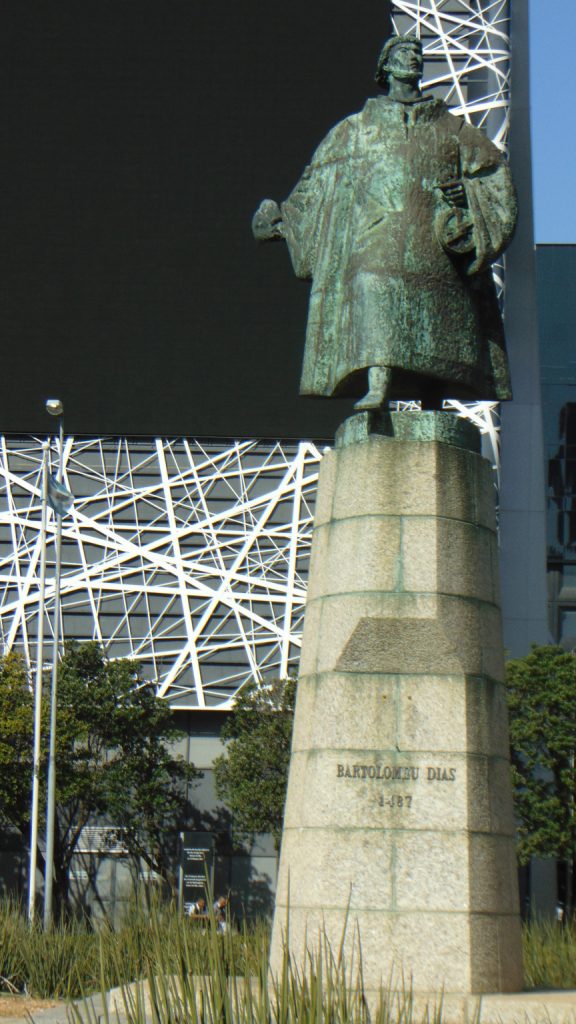Hidden History – Liberation Struggles
March 21, 2022
Political Machinations
April 20, 2022Assassination Part Two

By Satish Sekar © Satish Sekar (March 16th 2022)
Consequences – Portugal’s First Republic
On October 5th 1910 Portugal abolished its monarchy and established the first republic. The former King, Manuel II was the last monarch of the House of Braganza. Attempts to regain his throne failed – some were not supported by the deposed monarch. A new constitution was approved in 1911. It quickly targeted Catholicism, but a huge problem manifested itself. It could not provide stable government with almost three Ministries (governments per year). The transitional government was headed by the second President of the Republic, Teófilo Braga – his terms were separated by Manuel de Arriaga – and the First Republic, including the Ministry, had eight presidents. Bernardino Machado was the only president to serve two terms in this period.
The instability of government in this period contributed to the rise of authoritarian government in the 1920s, leading to it enduring a fascist dictatorship for the best part of half a century.
The Rise of the National Dictatorship
The First Republic clearly failed to deliver its lofty aims. Apart from the end of the monarchy and breaking the link between the state and the Catholic Church, it delivered very little but paving the way for right wing dictatorship. That came in 1926 with the coup of May 28th 1926 which came after three failed coup attempts in 1925. Machado resigned on May 30th – he was succeeded by José Mendes Cabaçedo. The First Republic had been consigned to history. Less than a month later he was replaced by Manuel Gomes da Costa – the first of the military leaders of the Republic. Da Costa had served in the colonies in the 1890s. Gomes da Costa distinguished himself in military campaigns in colonies in India and Africa before his service in the First World War which resulted in promotion to General.
Da Costa emerged as the leader of the coup that overthrew the First Republic, but he was not the first choice and he was unable to impose his political views – he was a monarchist – on the coup. José Augusto Alves Roçadas had been the preferred choice but the victor of the Battle of Mufilo against the Ovambo – a tribe with ties to Zambia and Namibia and the slaughtered Herero – was gravely ill. Alves Roçadas died in April 1926.
The Ovambo question remained a thorny issue as the massacre of the Herero created a labour shortage resulting in migration. The loss of German colonies to Britain in particular gave opportunities to South Africa and resulted in further battles and oppression of the Ovambo that continue until the fall of Apartheid in the last decade of the 20th Century. Meanwhile defeats of the Ovambo at the hands of the Portuguese and British diminished their numbers and ability to fight back. Alves Roçadas played a part in organising the coup of May 1926 but died before it could be executed.
Carmona, Salazar and the New State
Da Costa emerged as the leader but lasted less than a month, largely because, unlike his other coup plotters, he did not want a long military government. That brought him into conflict with António Óscar de Fragosa Carmona and João José Sinel de Cordes, both of whom had played major roles in the coup against the Republican government. They had different ideas to da Costa and ousted him on July 9th. Da Costa was sent into exile, returning the following year, but he was gravely ill and died months later. Carmona emerged as the head of the new government after the fall of da Costa, but he too had a short term at the helm compared to his successor. António de Oliveira Salazar also participated in the new government (the National Dictatorship).
New State, New Dictatorship
Salazar succeeded Carmona as dictator in 1933 and renamed the government the New State.
Although Salazar claimed to be against fascism, he supported Francisco Franco’s fascism during the Spanish Civil War, clamped down on democratic freedoms, used the secret police to crush opposition and murder opponents.
Salazar’s dictatorship managed to make economic progress and include civilians in the administration, but although elections were allowed, there was little doubt who would win and there were consequences for contesting and losing. This was illustrated in the 1958 electoral tussle, which had a credible opponent who later paid a high price for his stand against Salazar.
Air Force General Humberto da Silva Delgado dared to stand in the 1958 Presidential election. If the election had been conducted fairly Delgado might even have won. He lost badly and was expelled from the Portuguese military. He fled into exile.
Assassination
On February 13th 1965 Delgado was lured into an ambush by Portuguese secret police and was assassinated along with his secretary Arajaryr Moreiro de Campos near Badajoz by António Rosa Casaco, Casimiro Monteiro, Agostinho Tienza and Ernesto Lopes Ramos. These PIDE (Portuguese secret police) agents never stood trial for this crime even though the murders were committed in a foreign country and Moreiro was part Spanish.
Delgado was a high profile victim of assassination as Salazar’s brutal rule was drawing to a close.
The Colonial Wars
The Portuguese Colonial War began on Salazar’s watch in 1961. It was a last ditch attempt to cling on to African colonies that was doomed to failure. Salazar suffered a cerebral haemorrhage in August 1968. Salazar was comatose on September 16th and was removed from power by the president on September 25th with Marcello Caetano. The Colonial War continued. Caetano showed that beneath the talk of change, a ruthless dictator still clung to power and was prepared to use assassination and thuggery to cling to power. Meanwhile, the Colonial War entered its final stages.
